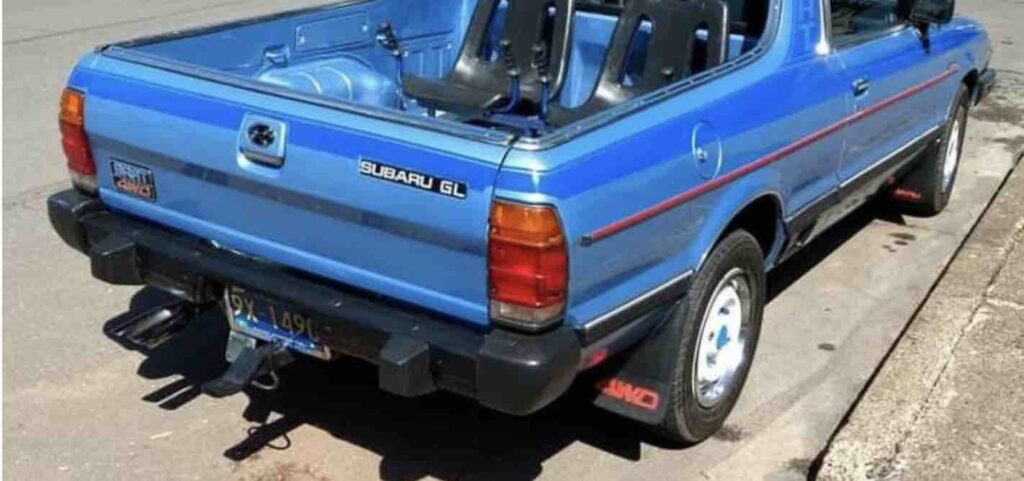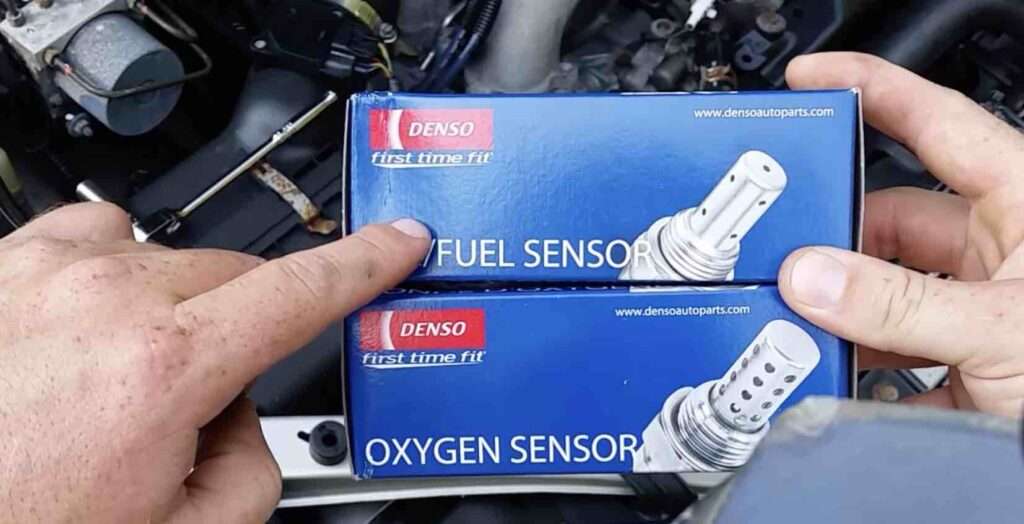Last updated on January 13th, 2023 at 08:46 pm
1 – 6 cylinder engine firing order and The Subaru engine uses a simple method of identifying cylinders. Each cylinder is numbered from 1 through 4. This means that the first four cylinders are identified as 1, 2, 3, and 4. The second group of four cylinders is then identified as 5, 6, 7, and 8. The final two groups of cylinders are identified as 9 and 10.

And for this post we are considering the following Subaru engine firing order below:
engine firing order 6 cylinder and 8 cylinder engine firing order and also 4 cylinder engine firing order
What determines the Subaru Firing Order
The position of the ignition coils determines the firing order of the Subaru engine. When the ignition coil is turned on, it sends a signal to the spark plugs to fire. The spark plugs are located at the top of the engine block.
They are connected to the distributor cap using three wires. The wires are labeled A, B, and C. Wire A connects to the spark plug closest to the front of the car. Wire B connects to the spark plug directly behind wire A. And wire C connects to the spark plug furthest away from the front of the vehicle.
What does Subaru cylinder numbering mean?
There are four different types of cylinders used in Subarus. They are called 1st, 2nd, 3rd, and 4th. Each type of cylinder has its purpose. The first number represents the size of the engine. This is called displacement. The second number indicates the position of the engine. The last two digits indicate the type of engine.
1st Cylinders
This type of cylinder is located at the front end of the engine block. This type of cylinder contains pistons and valves.
2nd Cylinders
This second type of cylinder is located behind the first type of cylinder. This type of cylinder holds the crankshaft.
The third and fourth cylinder numbers are used on Subaru vehicles to identify the cylinders. They are usually located at the front of the vehicle.
How to determine the firing order of a 4-cylinder engine for Subaru
- Disconnect the battery
- Remove the spark plug wire from the distributor cap
- Turn the ignition switch to the “start” position.
- Remove the ignition key from the ignition switch
- Turn the starter motor relay to the “off” position.
- Check the wiring diagram for the distributor cap
- Look at the distributor cap and the rotor assembly
- Note the number of teeth on the distributor cap
Engine firing order 6 cylinders

The engine firing order for a six-cylinder engine is 1-5-3-6-2-4. Engine firing order refers to the sequence in which the cylinders are fired during an engine cycle. This sequence is determined by the number of valves per cylinder, the configuration of the valve train, and the ignition timing.
The first four cylinders are referred to as the intake stroke cylinders. They fire at the beginning of the compression stroke.
The last two cylinders are referred to as exhaust stroke cylinders. They fire towards the end of the combustion stroke.
In a six-cylinder engine, the first four cylinders are known as the intake stroke cylinders, and the last two cylinders are called the exhaust stroke cylinders.
The first thing we want to look at is the primary balance. This is the relationship between the number of cylinders and their firing order.
8 cylinder engine firing order
1-4-7-3-8-5-2-6 is the firing order for a s-cylinder engine. The first thing that comes to mind when we think of an internal combustion engine is the V shape of the cylinder head. This is where the intake valves and exhaust valves are located.
When the piston moves down into the cylinder, it pushes the air/fuel mixture into the combustion chamber through the intake valve. Once the fuel/air mixture is ignited, the explosion forces the piston back up, pushing the exhaust gases out through the exhaust valve.
There are many different types of firing orders, but they all share some common characteristics. They all begin with the number 1 cylinder being fired first, then 2, 3, 4, etc. until all eight cylinders are firing.
Subaru cylinder numbers
The Subaru Cylinder Number System is used to identify the cylinders in a vehicle. Each cylinder contains a piston that moves back and forth inside the cylinder. The first number that appears after the word “cylinders” is the number of cylinders in the engine.
This number is usually stamped into the block casting. The second number is the displacement of the engine. This number indicates the cubic inches of space inside the engine.
Subaru 2.5 cylinder numbers
The Subaru 2.5 cylinder number is 1-3-2-4. The Subaru 2.5 cylinders are a series of four-stroke internal combustion engines.
Related Article:
Why are cylinders numbered?
Cylinder numbering is used to identify individual cylinder banks in multi-cylinder engines. This allows the engine control unit (ECU) to determine whether the current cylinder bank is operating correctly.
Cylinders are numbered from left to right, top to bottom, front to back, and clockwise around the cylinder head. This is done to help identify the correct order of installation of the valves and spark plugs.
Cylinder heads are often numbered from 1 to 4, but this is not always the case. There may be some exceptions where the numbering starts at the opposite end of the block, but this is rare.
Which Subaru models have 6 cylinders?
The XT released in 1985 was known to have 6 cylinders. It was the first model in the line to have a 6-cylinder engine. The XT was also the first Subaru vehicle to have a turbocharger.
XT stands for Extra Torque. ER stands for Extra Power. This means that the car has a bigger engine. The XT had an ER 27 engine. The XT was sold at Subaru dealerships across Canada, Mexico, and the United States.
How to identify Subaru cylinder heads
The Subaru Cylinder Head is the part of the engine that contains the combustion chamber where fuel and air mix together to create energy. This is what makes the engine run. The head is located at the top of the block and is attached to the crankshaft.
When looking at a Subaru head, you should look for a cast-iron block. It is located under the hood on the passenger side of the vehicle. On some models, this gasket is black, while others are white.
Next, check the head bolts. There should be two bolts holding down the head. One bolt is usually located near the top of the head and the other bolt is located near the bottom of the head.
If you notice any head cracks, you may want to replace the head.
If none of these apply to your car, you may want to consider replacing the head.
How many cylinders Subaru forester
It is powered by a 2.0-liter four-cylinder petrol engine producing 170 hp at 6,000 rpm and torque of 240 Nm at 4,000 rpm.
Which Subaru models have 6 cylinders?
Subaru XT engines are well-known to have a 6-cylinder engine. This means that they have six cylinders instead of four. A 4-cylinder engine would have four cylinders.
How many cylinders does Subaru forester?
The Forester comes with two engines; a 2.0L 4-cylinder petrol engine and a 2.5L 4-cylinder diesel engine. Both these engines produce a maximum power of 170 hp at 6,000 rpm and a peak torque of 200 Nm at 3,500 rpm.
What is, firing order of a 4-cylinder engine?
Subaru’s 4-cylinder engine typically use a firing order of 1-3-4-2. The four-cylinder engine is the smallest type of gasoline engine used in automobiles today. It is usually found in small cars and light trucks. This engine uses a single spark plug per cylinder. The first three cylinders fire at once, followed by the fourth cylinder.
Conclusion
You need to know that the Subaru engines are numbered 1 through 6 but are not necessarily sequential. So, the first number does not mean that the engine starts at 1. The second number means that the engine is the second engine in the series.
read also: How to Start a Car, Causes & Symptoms of a Bad Crankshaft Position Sensor

Uchenna is a Radiographer and Auto parts mechanic who recently got his automotive diploma as an auto repair technician, and since then, has worked on fixing various car problems.
Working as just a radiographer, Uchenna didn’t just get all the fulfillment he desired, because he truly loved doing things tilted toward cars. As a kid, he would take apart his toy cars to see how they worked and would spend hours tinkering with his bike.
So, in 2017 he made the tough decision to become an auto mechanic. He threw himself into his studies and now loves every aspect of what he does.
He gets to work with his hands, solving problems and bringing cars back to life, and sharing his knowledge and easy quick-fix guide online are all part of what makes him feel fulfilled.




